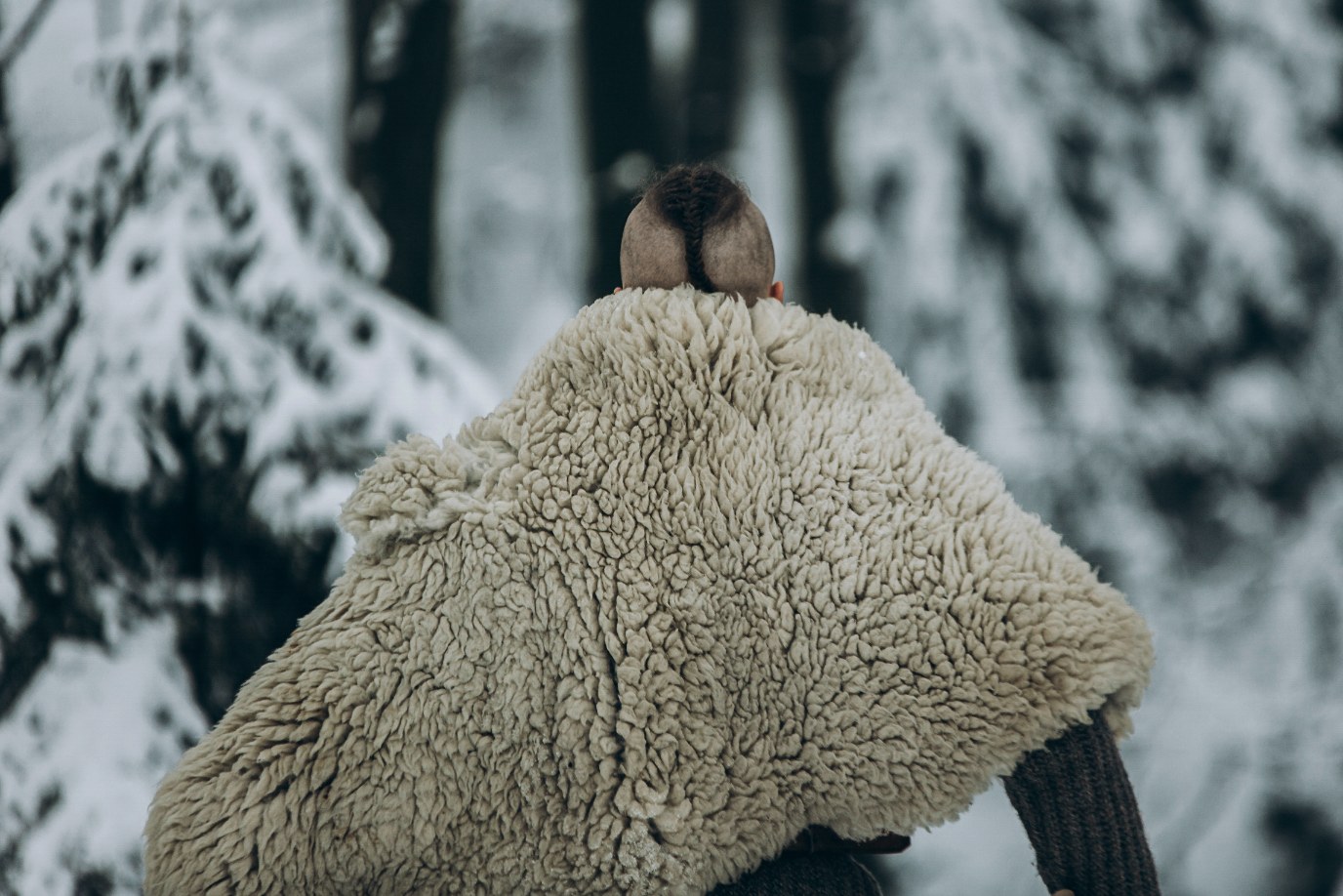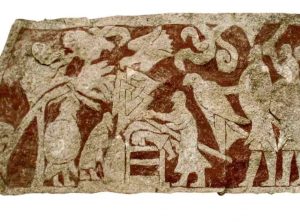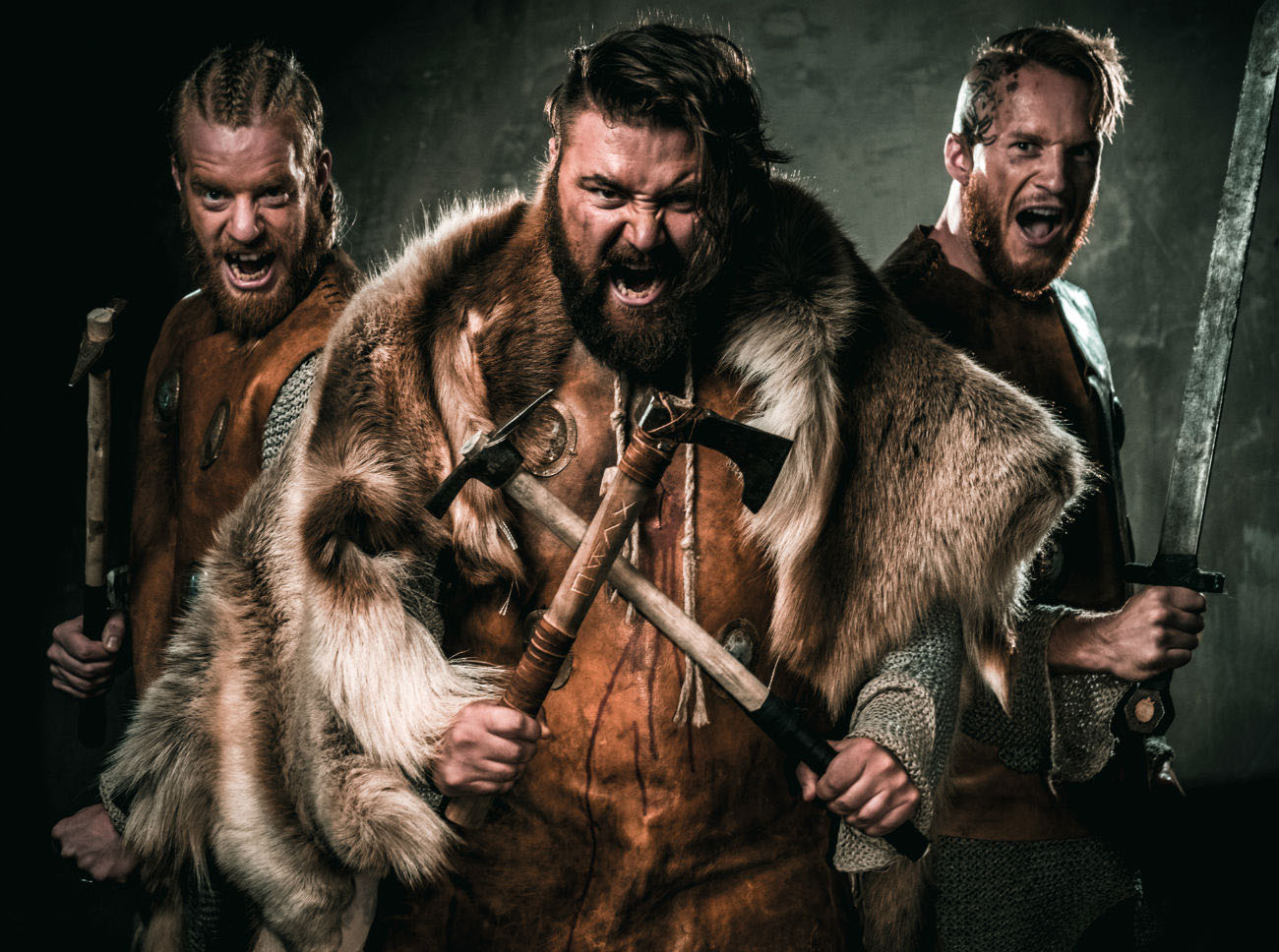While Vikings have never been more popular, with hits like the VIking Series, the Thor movies,The Avengers, and many other depictions, not much is known about their diets and overall nutrition to most people. What role did nutrition play on the viking culture, known for its domineering stature and physique eat, and what impact did it have on their development and survival?
The Fortunate Misfortune of the Viking Diet
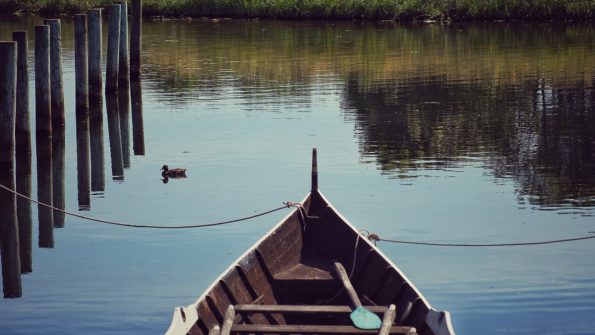
While the vikings are known for chasing battle, glory, and loot, one of their main reasons for invading other countries and returning to them was the difference in fertile lands. You see, the vikings couldn’t believe their eyes when they saw the remarkable farms and fields countries like England possessed, which the Scandinavian, with the exception of Denmark that had some fertile land, did not. What they did not know, and what we’ve come to know now is that played a significant role in their development in a beneficial way.
The Higher Protein Factor
Given that the vikings did not have fertile lands by any stretch of the imagination, they had to rely on different nutritional sources which led their diet to be more protein based, compared to other European countries which were more carb focused. Instead, the vikings relied on a high protein based diets. That is not to say the vikings didn’t consume carbs as part of their diet, but compared to neighboring countries the percentage overall was dramatically different, and the type of grains the vikings could harvest were rough to say the least. In fact, only the richest vikings had access to what they described as soft bread.
So what type of proteins did the Vikings consume?

Fish
Given the geography of Scandinavian countries, the Vikings, more commonly than not, had quick and easy access to rivers and coastlines rich with fish. Given what we know today about the benefits of fish as a source of high-quality protein and omega fats, it only makes sense that this proved as a major benefit to the Vikings as a race. Fishing was commonplace in every Viking household, as well as owning a boat, much like having a microwave is for us modern folks. The particular fish most commonly were Fresh Water Fish like the Salmon and Trouts, but in some cases they also used saltwater fish.
Other Sources of Protein:
Vikings considered beef and pork to be celebratory feasts and usually ate those meats on special occasions. They knew the importance of caring for livestock, from sheep that provided wool, to cows that provided dairy which they often used to create buttermilk. Unless they were of a wealthy household, Vikings would be very economical when it comes to eating livestock that offers benefits as that would hurt their livelihood. They would also hunt Deer and Oxen, Whales washed ashore, and while we don’t enjoy hearing it, also ate horses
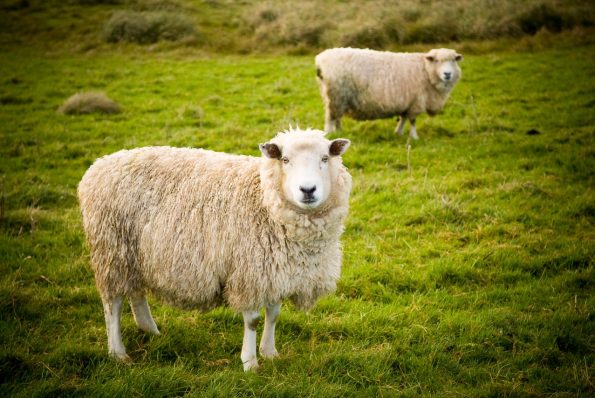
The Vikings Food Routine Consisted of Two Meals a Day
As opposed to breakfast lunch and dinner many of us consider to be the societal norm, the Vikings only ate twice a day and named them Dagmal (day meal) and Nattmal (night meal). The Dagmal is a close relative of what we’d consider breakfast nowadays, and consisted of leftovers from the previous night’s meal (often fish stew of some sort), with fruits if they were fortunate enough to have them in their possession.
The Nattmal placed focus on the freshness of the food, a nice combination of stewed fish with vegetables, and with wealthier vikings, a better chance of adding some beef or other available livestock into the mix (other Vikings needed to maintain the livestock in order to live). During nighttime meals the Vikings loved to wash the food down with mead, their honey-based alcoholic drink which they passionately enjoyed.
Preservation Was Survival for the Vikings
The harsh winters that the Vikings experienced meant that without the ability to preserve food, they simply wouldn’t survive. This is an aspect where vikings don’t get the credit they deserve, with innovative and ingenious ways they’ve developed and studied. From pickled vegetables to smoked meats
In Conclusion
Despite the common misconception of the Vikings being overly simplistic, their diets were superior to most countries of the era, and in fact, they had knowledge of, and use of seasoning in their food, advanced preservation techniques of foods for winter, boiling foods, making buttermilk and porridge, and other high caloric winter friendly eating habits. Most importantly, their higher protein take and combination of fruits and vegetables had a factor on their physique and evolution, and the excavation of Vikings skeletons shows that unlike many other cultures at the time, the Vikings suffered from no deficiencies, and many of us including yours truly can learn a lot from their diet.

